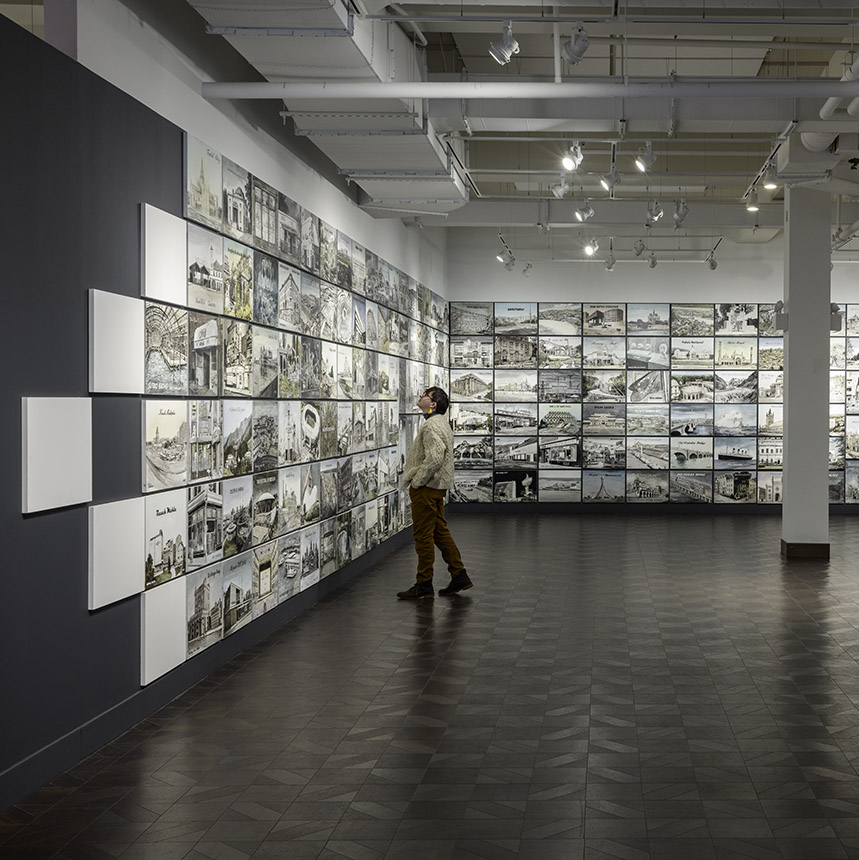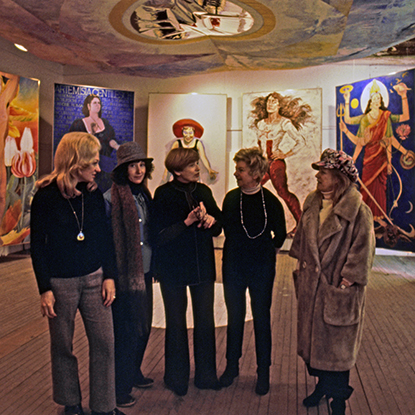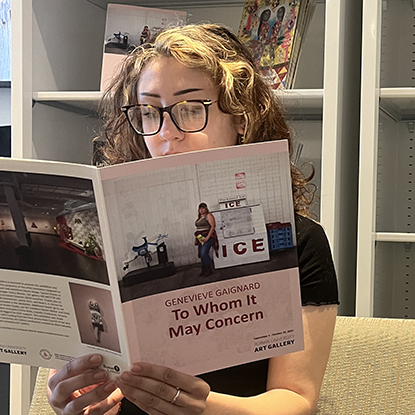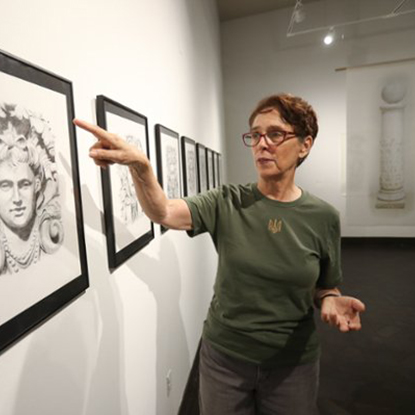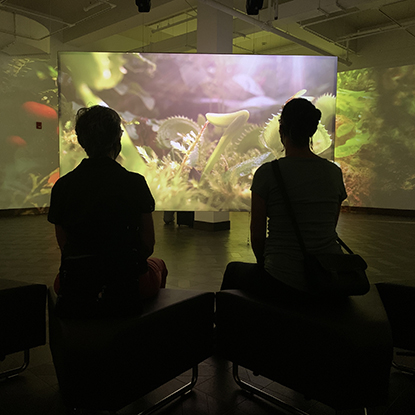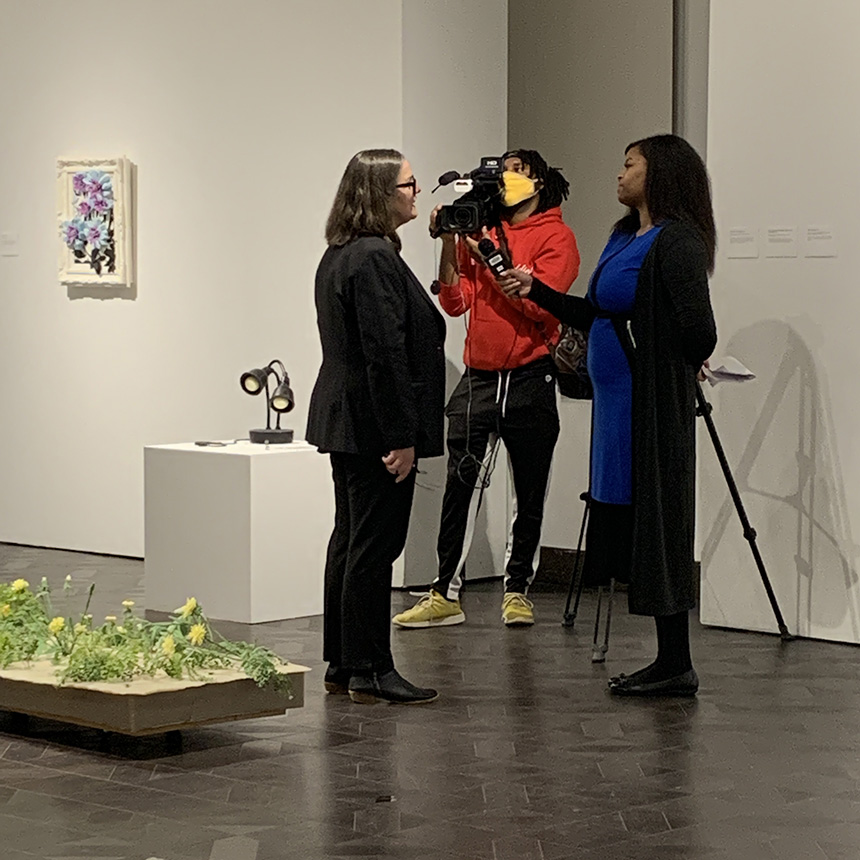ROWAN UNIVERSITY ART GALLERY & MUSEUM
Rowan University Art Gallery & Museum serves as a vibrant cultural destination for South Jersey, the Rowan community, and surrounding region. We are committed to cultivating an inclusive, accessible, and just environment that encourages dialogue and collaboration between exhibiting artists, students, faculty, the general public, and other cultural institutions through the presentation of interdisciplinary art exhibitions, artists talks and other public programming. We present diverse forms of contemporary art by professional artists with content that is thought provoking, relevant, and timely. Our mission is to engender curiosity and a passion for contemporary art, enrich the quality of life for area residents, create a welcoming and inclusive cultural destination at Rowan University, and function as a resource for contemporary art throughout the region.
